The Complete History of the Diablo Series: From 1996 to Diablo IV
Discover the evolution of Blizzard's Diablo series, from the groundbreaking original in 1996 through iconic sequels, expansions, and the latest Diablo IV. Explore how each installment shaped the action-RPG genre and the enduring legacy of Sanctuary's dark fantasy world.
The history of the Diablo series by Blizzard Entertainment spans over two decades of evolution in the action-RPG genre. Since the release of the original Diablo in 1996, players have been immersed in the dark fantasy world of Sanctuary, with the series shaping the standards of hack-and-slash RPGs for years. Iconic sequels like Diablo II and Diablo III, the mobile spin-off Diablo Immortal, and the latest Diablo IV have each introduced new gameplay mechanics while preserving the spirit of the original. Below, we explore the franchise's development from its origins to its current state in an objective, encyclopedic manner.
Diablo (1996): The Birth of Action-RPG
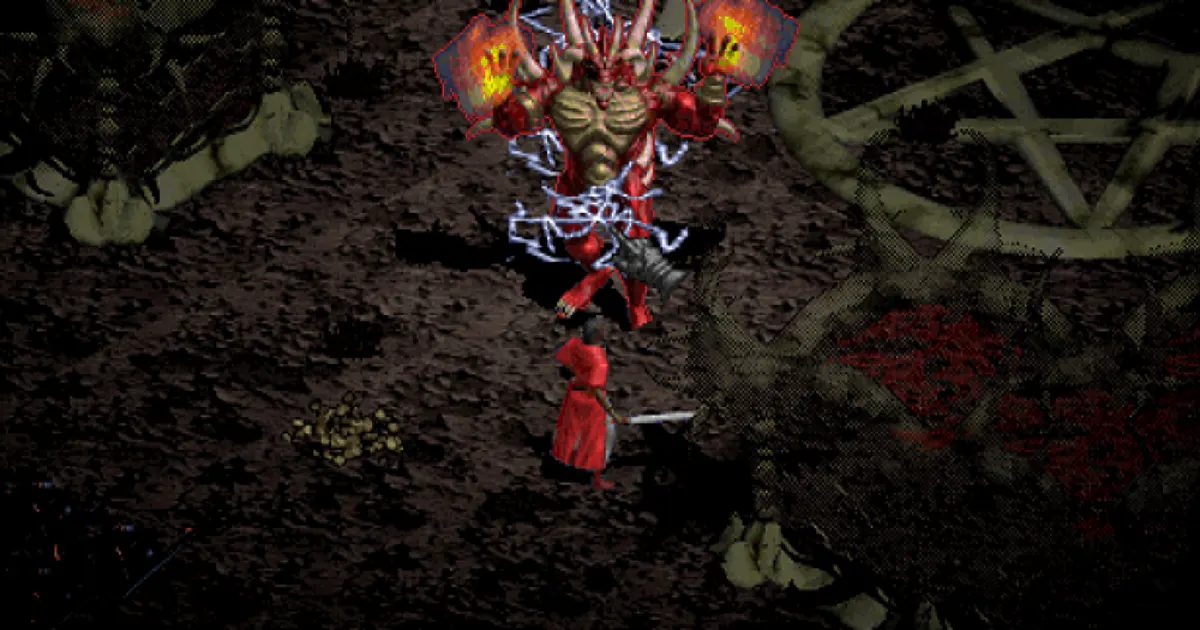
Released in December 1996, the original Diablo was a revolutionary game that laid the foundation for the action-RPG genre. It featured an isometric perspective and real-time gameplay, blending RPG elements (character progression, loot collection) with fast-paced combat. Set in the grim, dark fantasy world of Tristram and its demon-infested dungeons, players chose one of three hero classes-Warrior, Rogue, or Sorcerer-and descended through a procedurally generated 16-level labyrinth beneath an old cathedral, leading straight to Hell.
Diablo's standout feature was its random generation of levels, monsters, and loot on each playthrough, greatly enhancing replayability and making every adventure unique. Multiplayer co-op via Battle.net allowed up to four players to team up against the forces of evil, a groundbreaking innovation for the late '90s.
The game's gloomy gothic aesthetic, oppressive horror atmosphere, and memorable dark ambient soundtrack set a high bar for the genre. Diablo became a massive success, influencing dozens of later games. Its commercial triumph and innovative gameplay defined the course of action-RPGs, making Diablo synonymous with hack-and-slash.
Diablo: Hellfire (1997) - The First Expansion
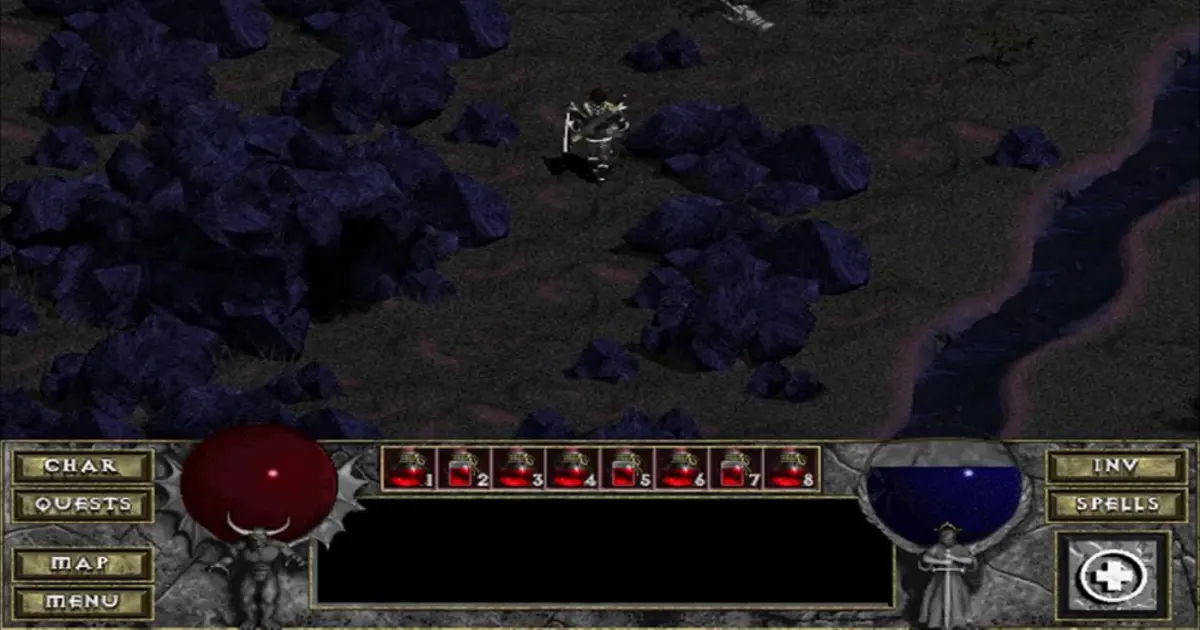
In 1997, Sierra, under license from Blizzard, released the unofficial expansion Diablo: Hellfire. It introduced new content: a fourth hero class (the Monk, focusing on melee combat), new dungeons, and additional items. Interestingly, unused classes like the Barbarian and Bard were hidden in the game files, though they were variations of existing heroes. While Hellfire expanded Diablo's possibilities, it isn't considered canon (Blizzard excluded its events from the official storyline). Nonetheless, for fans, Hellfire was a welcome opportunity to revisit Tristram with a new hero.
Diablo II (2000): Expanding Mechanics and Achieving Cult Status
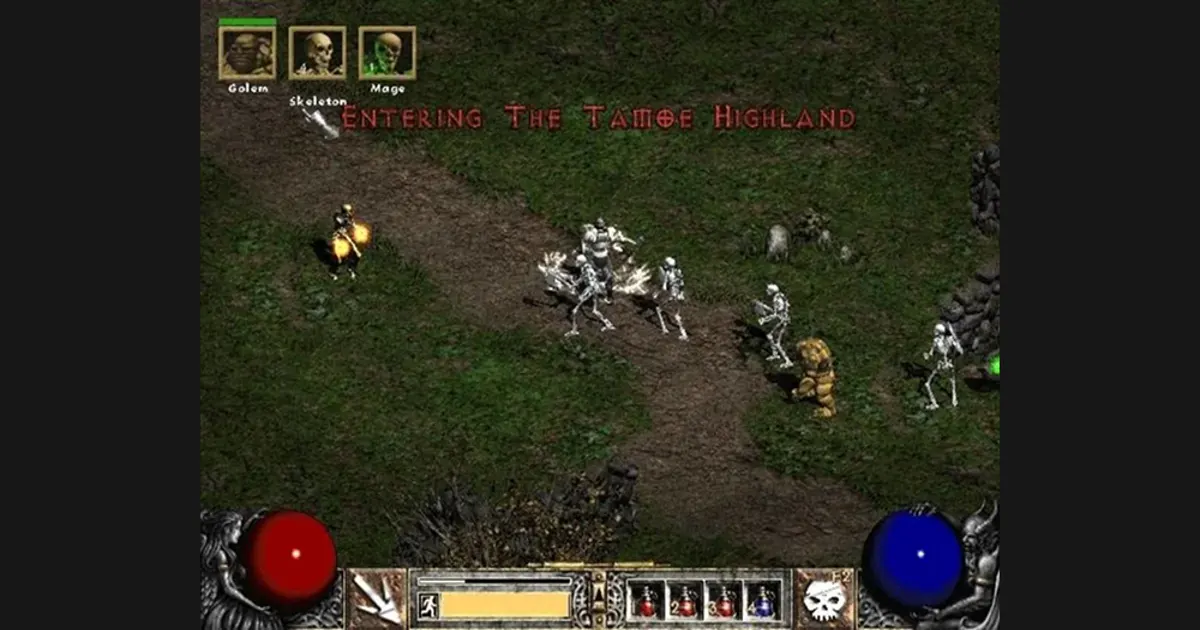
Diablo II, launched in June 2000, significantly developed the original's ideas. The plot picks up where Diablo I left off: after defeating Diablo beneath Tristram, the hero becomes possessed by Diablo's essence. Players pursue the mysterious Dark Wanderer across Sanctuary, trying to prevent the release of other Prime Evils-Mephisto and Baal.
The game's scope expanded with four acts set in diverse regions (a gothic monastery, a desert city, the Kurast jungles, and a hellish fortress), enriching the universe though some fans missed the original's darker tone. The core achievement was the deepening of RPG mechanics: five unique classes (Amazon, Necromancer, Barbarian, Sorceress, and Paladin), each with a personalized skill tree and playstyle, plus hireable mercenaries in each act.
Diablo II's commercial and critical success was unprecedented, breaking sales records and selling over 1 million copies in two weeks. Its thoughtful progression system, endless loot farming, and robust online multiplayer earned it cult status. Many players still consider Diablo II the gold standard for hack-and-slash. In 2021, Blizzard released Diablo II: Resurrected, a remaster with improved graphics and modern online infrastructure, highlighting the classic's enduring relevance.
Diablo II: Lord of Destruction (2001) - Expansion Pack
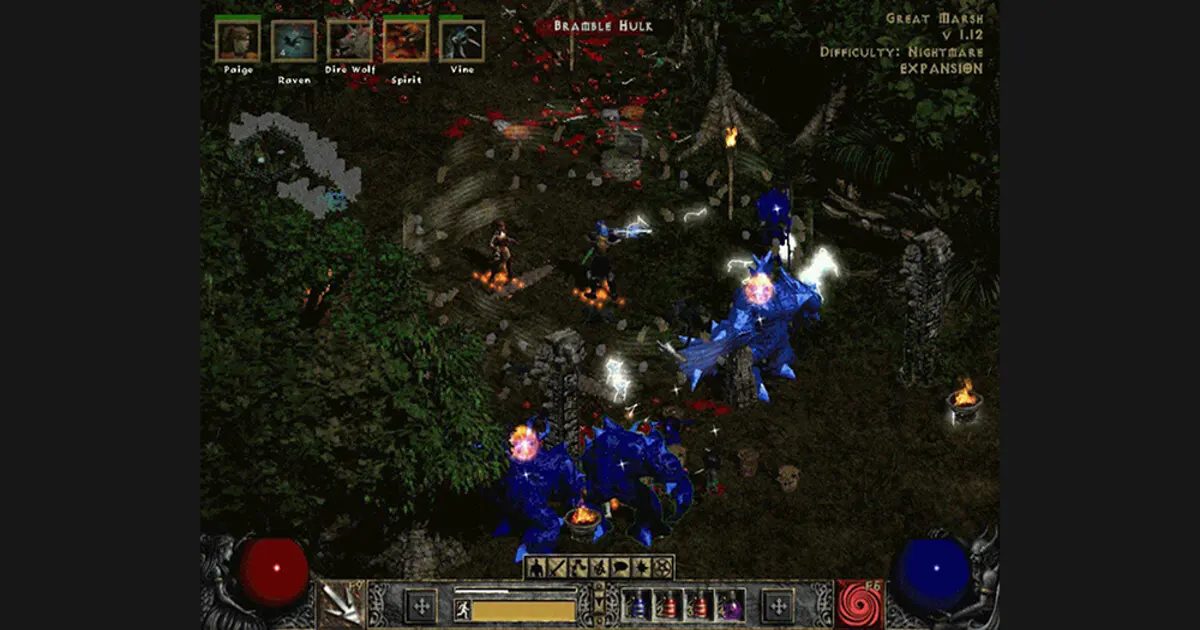
One year after Diablo II's release, Blizzard launched the Lord of Destruction expansion in June 2001. Its story continues directly, with Baal, the Lord of Destruction, attacking the barbarian lands to corrupt the Worldstone. Players gain a fifth act set in the besieged city of Harrogath and the slopes of Mount Arreat.
The expansion introduces two new classes-Druid (shapeshifting, nature magic) and Assassin (stealth, traps, claw combat)-hundreds of new items, new monsters, and a level cap raised to 99. It also improved gameplay with a larger item stash and equippable mercenaries. Together with the base game, Diablo II cemented its legendary status, remaining one of the genre's benchmarks supported by fan servers and mods for years.
Diablo III (2012): New Features and Innovations
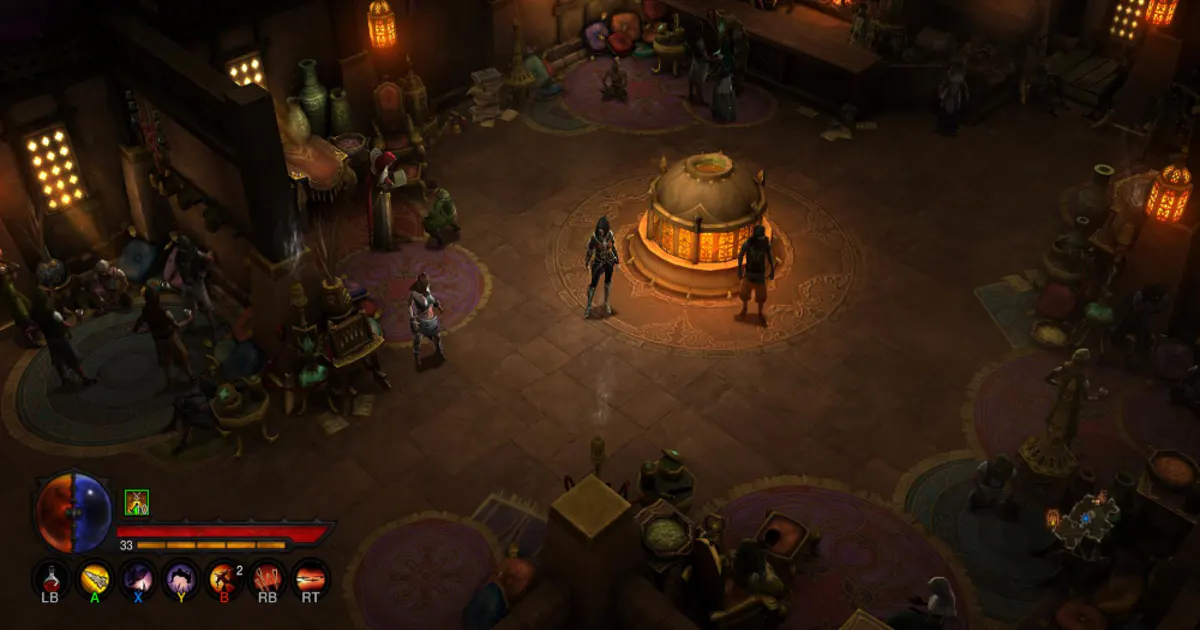
Announced in 2008, Diablo III finally arrived in May 2012, twelve years after its predecessor. Blizzard modernized many aspects while retaining the core "kill monsters, get loot" formula. For the first time, the game featured a fully 3D engine with detailed graphics and destructible environments, yet preserved the classic isometric view. Combat became more dynamic with an MMO-style action bar for skills, allowing players to use varied abilities actively.
Diablo III launched with five classes: Barbarian, Wizard, Demon Hunter, Monk, and Witch Doctor. Players could choose their character's gender for the first time, expanding customization. Blizzard replaced rigid talent trees with a flexible system-skills and their "runes" could be freely assigned, allowing easy build changes and removing the risk of wasted skill points. This made character development more accessible, though some veterans found it overly casual.
Despite initial controversy over these changes, Diablo III was a commercial triumph, selling over 6 million copies in its first week and more than 20 million by 2014. However, its launch faced backlash-for example, the always-online requirement and the infamous "Error 37" server debacle. The game also introduced an Auction House for trading items with real money or gold, but it undermined gameplay motivation and was shut down in 2014. The Loot 2.0 patch and subsequent expansion revamped the loot system, restoring the thrill of hunting for rewards.
Diablo III: Reaper of Souls (2014)
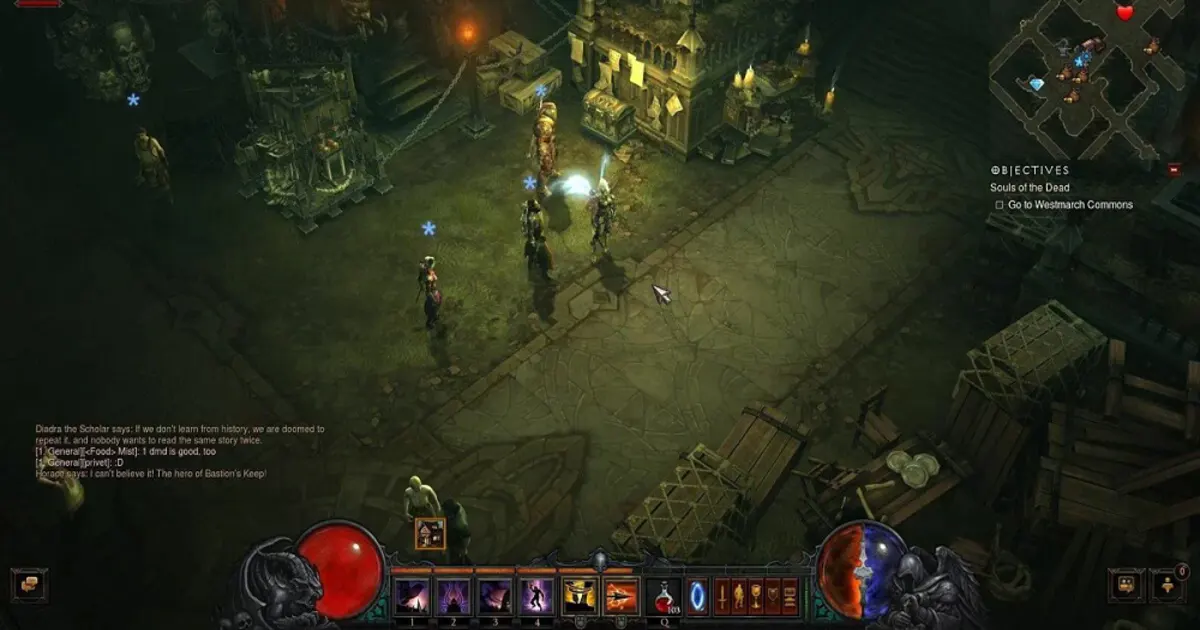
In spring 2014, Blizzard released Reaper of Souls, a major expansion for Diablo III. It added a fifth act, with the Nephalem hero facing off against the fallen angel Malthael in the gothic city of Westmarch. The expansion introduced the Crusader class-a heavily armored holy warrior reminiscent of Diablo II's Paladin-plus major gameplay enhancements.
Reaper of Souls brought Adventure Mode, letting players freely explore all acts and complete randomized bounties outside the main campaign. Nephalem Rifts-randomized dungeons with boss encounters-laid the groundwork for endless endgame content. The level cap increased to 70, Paragon levels were added for extended progression, and a wealth of new items and legendary sets enriched the game. The expansion was praised for fixing many core issues and revitalizing Diablo III's appeal.
Diablo III: Rise of the Necromancer (2017)
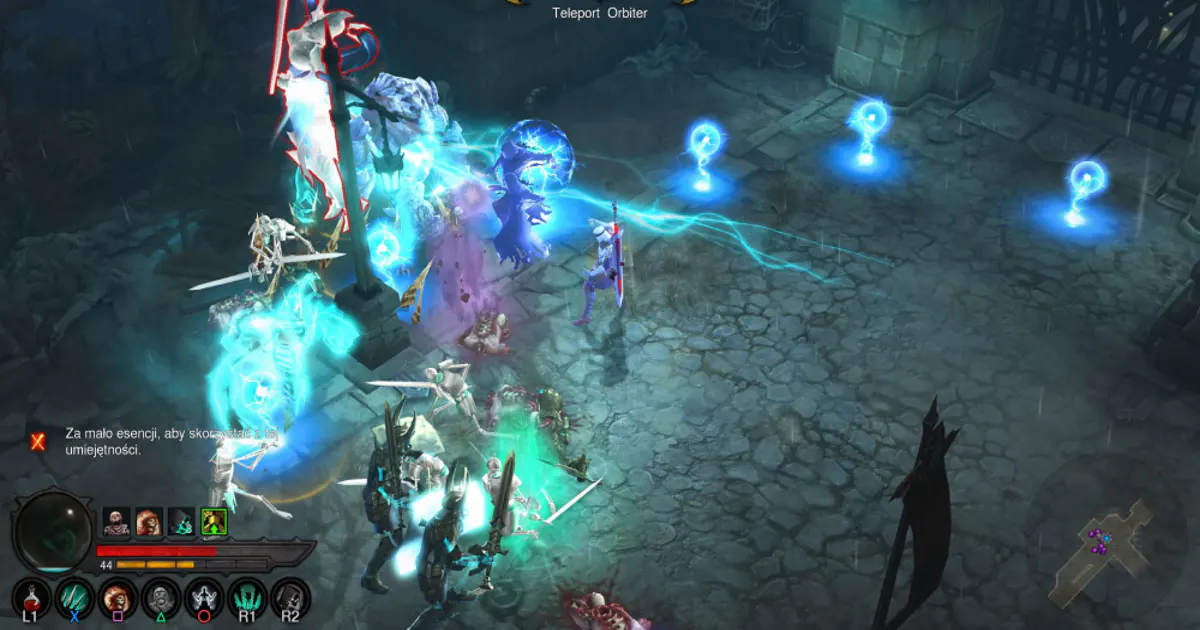
Released in 2017, the Rise of the Necromancer pack primarily introduced a new playable class: the iconic Necromancer, master of blood and bone magic, able to summon skeleton armies and curse enemies. Unlike Reaper of Souls, this DLC didn't add new acts or story missions but offered new legendary items and class sets. While limited in scope, fans were thrilled to see the return of a favorite archetype. Diablo III continued to receive seasonal updates, cementing its place as one of the most successful games of the decade.
Diablo Immortal (2022): Mobile Chapter and Community Response
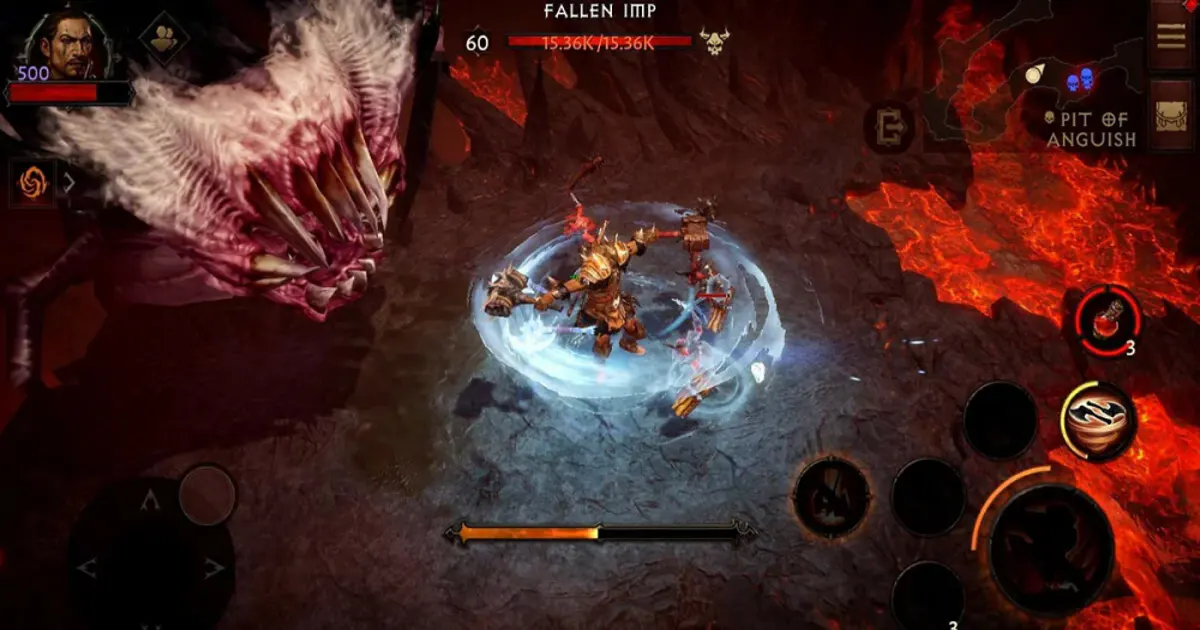
Diablo Immortal, a mobile spin-off, was announced in 2018 and launched on Android, iOS, and PC beta in June 2022, developed in partnership with NetEase. It's a massively multiplayer action-RPG adapted for touch controls, with gameplay reminiscent of Diablo III: fast combat, loot collection, familiar classes (Barbarian, Crusader, Demon Hunter, Monk, Necromancer, Wizard, and others), and an isometric view.
Set five years after Lord of Destruction and a decade before Diablo III, Immortal bridges the series' lore. The game requires a constant internet connection, as players share the world, team up in dungeons, and engage in PvP. Immortal expands the social aspects of the franchise on mobile platforms and achieved 20 million downloads within weeks of launch.
However, reception was mixed. The game was praised for its quality adaptation and extensive content, but core fans criticized aggressive monetization. While free-to-play, Immortal includes microtransactions that affect progression, leading to accusations of pay-to-win tactics and record-low user scores on Metacritic. Despite controversy, the game continues to receive updates with new zones, dungeons, and even classes (e.g., Blood Knight in 2023), proving the franchise's viability on mobile-albeit not without debate over monetization.
Diablo IV (2023): A New Era and Return to the Roots
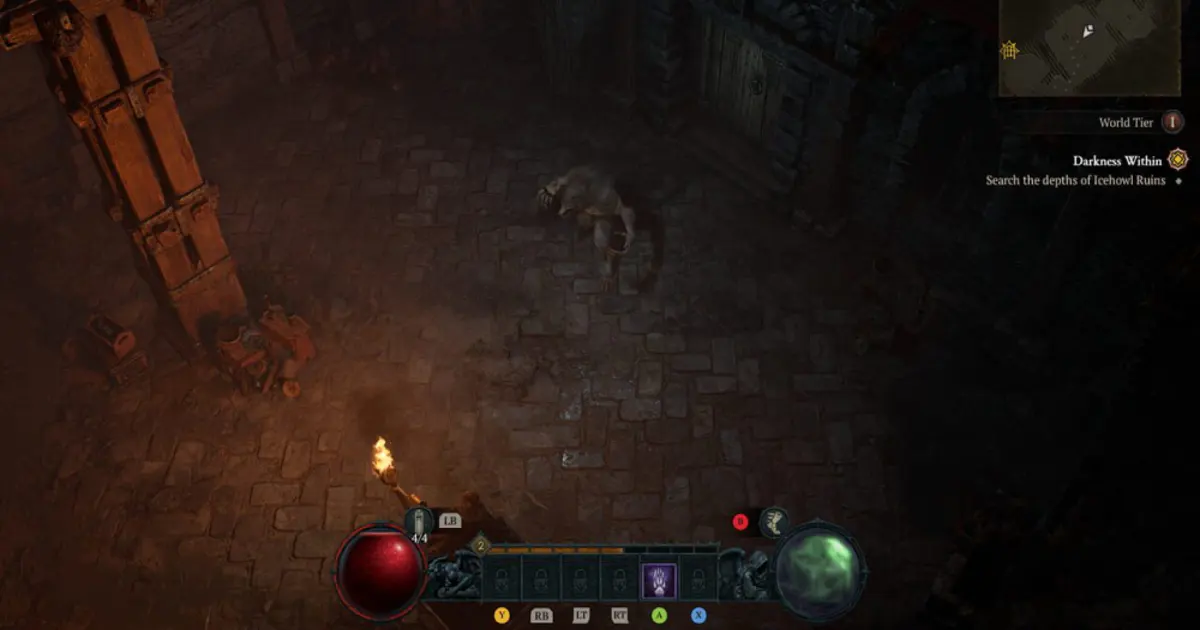
Diablo IV, officially unveiled at BlizzCon 2019 and released on June 6, 2023, for PC and modern consoles, marks a return to the series' darker, gothic roots. Set roughly 50 years after Diablo III, the story follows the return of Lilith, daughter of Mephisto and progenitor of humanity. From the outset, Blizzard emphasized a grim, serious narrative and a visual style echoing Diablo II, filled with gothic and horror elements, religious motifs, and a pervasive sense of despair.
The standout gameplay innovation in Diablo IV is its open world. Players can freely traverse the vast Sanctuary, divided into five main regions (Scosglen, Dry Steppes, Fractured Peaks, Kehjistan, and Hawezar), seamlessly traveling between locations and using mounts for the first time. The world blends handcrafted areas with procedurally generated dungeons. Open-world events, world bosses, and PvP zones add a competitive and communal dimension, while solo play remains possible (though a full offline mode isn't available).
At launch, Diablo IV offered five classes-Barbarian, Sorceress, Druid, Rogue, and Necromancer-all reimagined favorites from previous games, each with deep skill trees and customizable builds. The Codex of Power mechanic allows players to infuse gear with legendary aspects acquired from dungeons. A robust character creator enables detailed appearance customization, enhancing RPG immersion. The level cap is set at 100, after which Paragon progression unlocks for endgame growth.
Diablo IV's reception reflected Blizzard's attempt to please longtime fans while embracing modern trends. Critics praised the atmosphere, world design, and tactical combat, though some noted it as more evolutionary than revolutionary. With regular expansions (the first, Vessel of Hatred, launched in 2024), seasonal mechanics, and ongoing updates, Diablo IV is positioned as a long-term live service. Financially, the game excelled, reportedly surpassing $1 billion in revenue within a year.
Ultimately, Diablo IV has solidified the franchise's place in the modern market, serving both as a nostalgic homage for veterans and an accessible entry point for newcomers. The series has evolved from a genre-defining 1996 title to a sprawling online universe, but its core theme-an epic struggle between humanity and demons in a dark fantasy world-remains as captivating as ever.